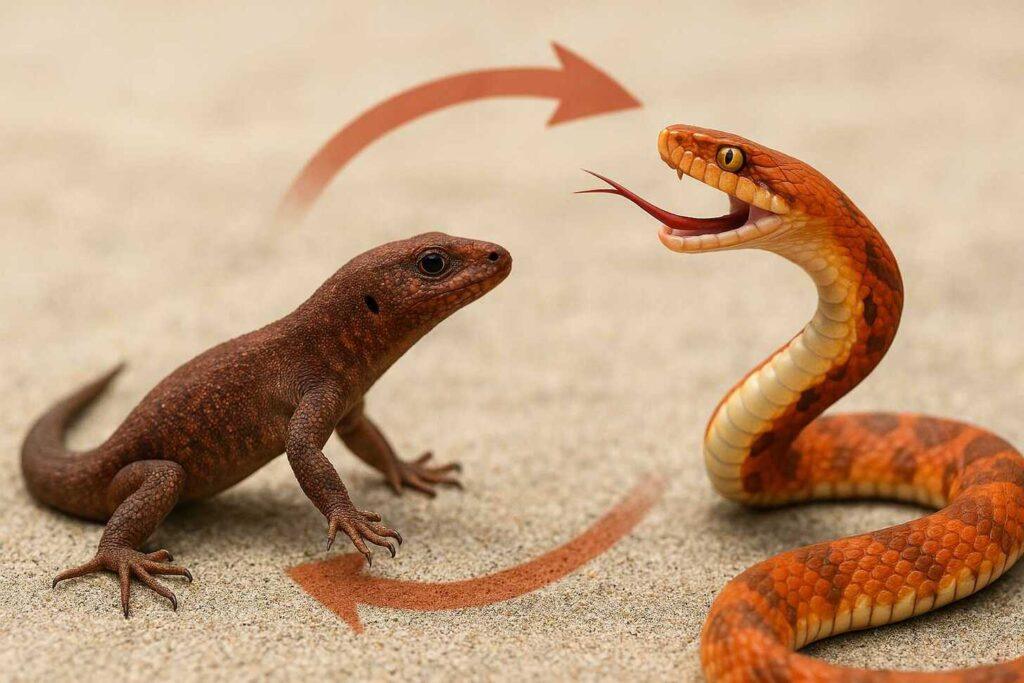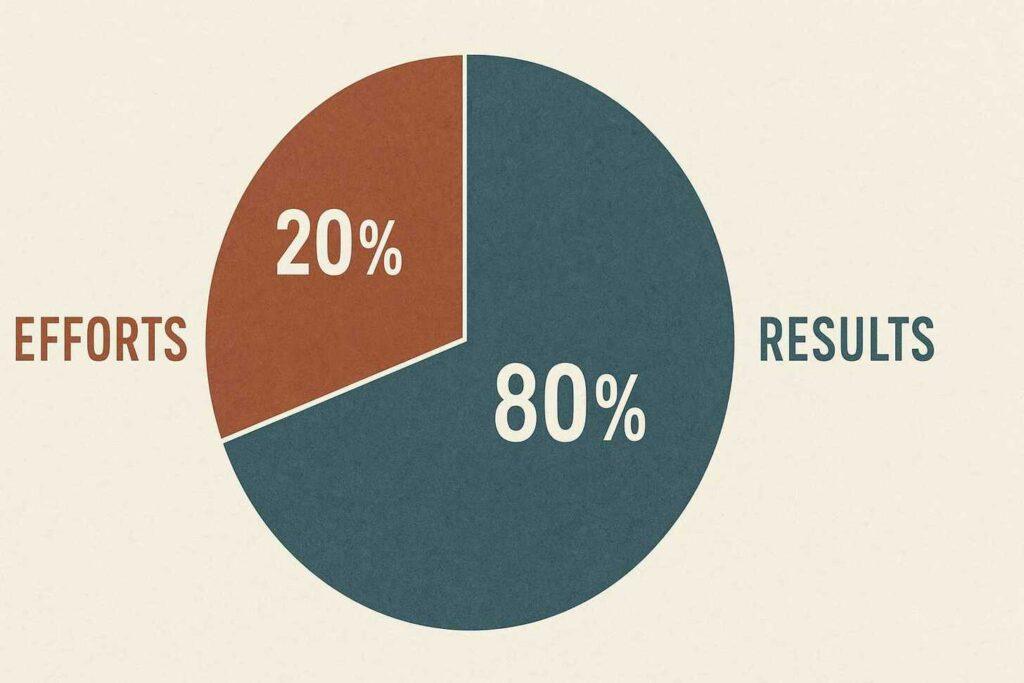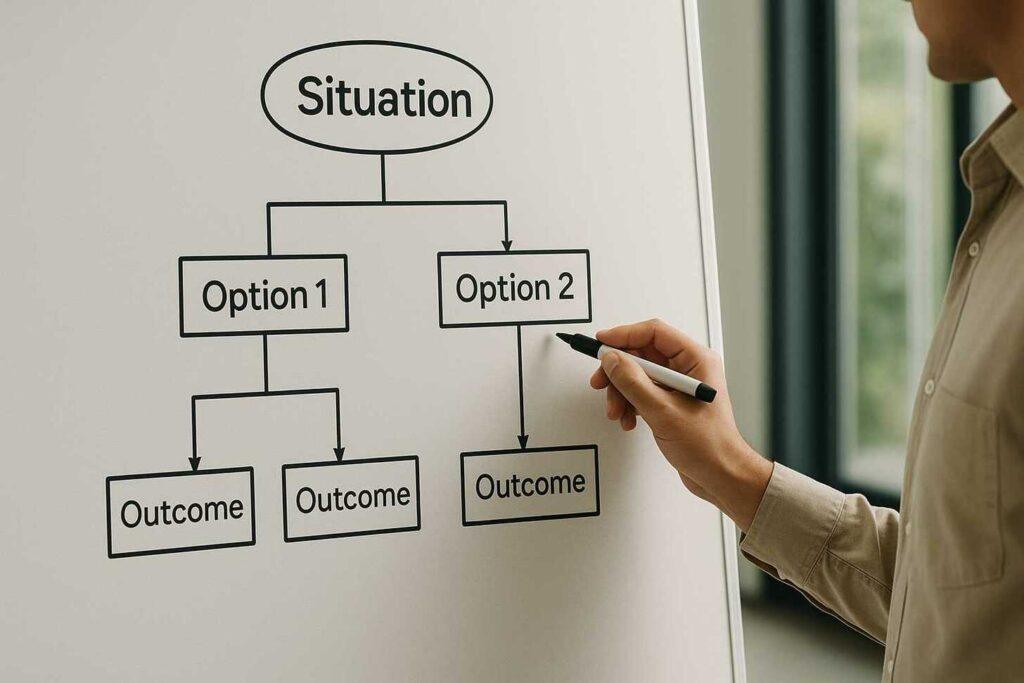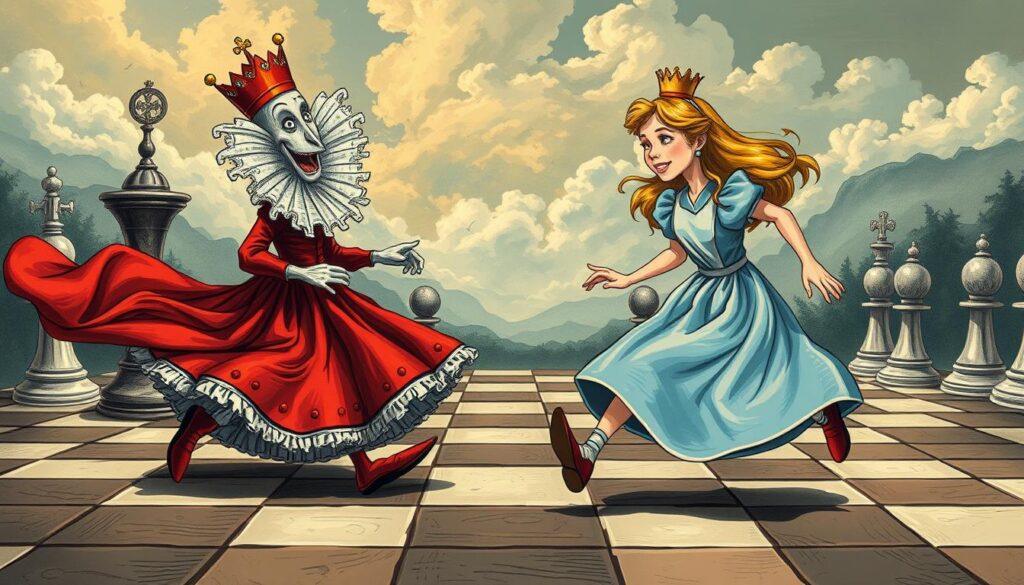This idea comes from Lewis Carroll’s “Through the Looking-Glass,” where the Red Queen says, “It takes all the running you can do, to stay in the same place.”
In today’s world, this concept is used in many areas. It applies to business strategy, competitive markets, and even personal growth. In nature, species must evolve to survive. In business, companies must innovate to stay ahead.
This model shows the never-ending cycle of adaptation. It also shows what it takes to break free from this cycle.
The Red Queen Effect takes its name from Lewis Carroll’s “Through the Looking Glass,” where Alice must run as fast as she can just to stay in place.
Understanding the Red Queen Effect Mental Model
The Red Queen Effect gets its name from Lewis Carroll’s “Through the Looking Glass,” where the Red Queen tells Alice: “Now, here, you see, it takes all the running you can do, to keep in the same place in this competitive world.
If you want to get somewhere else, you must find ways to run at least twice as fast as that!” This theory illustrates how the environment requires constant effort to stay ahead of competitors and adapt to changing things around us.
“The Red Queen Effect means that staying in the same place is falling behind. Surviving another day means we have to co-evolve with the systems we interact with.”
As a mental model, the Red Queen Effect describes situations where ongoing effort is required just to maintain the status quo. In evolutionary biology, this concept explains how species must continuously adapt to survive against competing organisms that are also evolving.
The same principle applies to business, technology, personal development, and many other domains.
The core insight of this mental model is that advantages are temporary. When one entity gains an edge, others will eventually catch up through their own adaptations, creating a never-ending cycle of competition and improvement that requires constant effort just to stay in place.

The evolutionary arms race between predators and prey is a classic example of the Red Queen Effect in nature.
The Red Queen Effect Mental Model in Action
Evolutionary Biology: Nature’s Arms Race
In his book “Deep Simplicity,” John Gribbon describes a perfect example of the Red Queen Effect in nature: the evolutionary arms race between frogs and flies.
When frogs develop stickier tongues to catch flies more effectively, flies with slipperier bodies survive at higher rates. Over time, frogs evolve even stickier tongues while flies develop even slipperier bodies—yet the proportion of flies caught remains roughly the same.
Business: The Competitive Treadmill
In business, the Red Queen Effect manifests as companies investing heavily in technology, marketing, or production capabilities just to maintain market share.
Warren Buffett observed this in the textile industry, where companies continually invested in new equipment that promised better returns, only to find that when all competitors made similar investments, prices dropped and returns remained “anemic.”

Companies often find themselves on a competitive treadmill, running faster just to maintain their market position.
Technology: The Upgrade Cycle
The smartphone industry exemplifies the Red Queen Effect perfectly. Manufacturers race to release devices with incrementally better features each year. Consumers feel compelled to upgrade regularly, not necessarily because their current device is inadequate, but because falling behind the technology curve feels like moving backward.
Personal Development: The Credential Inflation
In education and career advancement, we see credential inflation—where degrees and certifications that once differentiated candidates become minimum requirements. As more people obtain advanced degrees, the relative advantage diminishes, forcing individuals to pursue even more credentials just to remain competitive in the job market.
| Aspect | Red Queen Effect | Traditional Competition |
| Goal | Maintain relative position | Achieve absolute victory |
| Duration | Continuous, never-ending | Finite with clear endpoints |
| Advantage | Temporary, requires maintenance | Can be lasting once achieved |
| Success Metric | Survival and adaptation | Winning and domination |
| Strategy | Co-evolution with the system | Defeating opponents |
Breaking Free from the Red Queen Effect Mental Model
Understanding the Red Queen Effect is valuable, but the real question is: how can we escape this exhausting cycle? Here are practical strategies to help you run smarter, not just faster.

Breaking free from the Red Queen Effect requires strategic thinking rather than simply accelerating your efforts.
1. Find a Specialized Niche
Instead of competing in crowded markets where the Red Queen Effect is strongest, identify specialized niches where competition is less intense. As Taylor Pearson explains, “The internet has unleashed market creation in the form of the Long Tail. By eliminating geography, the internet has both created more markets and also made it significantly easier to redefine those markets’ boundaries.”
2. Focus on the Vital Few
Apply the 80/20 principle (Pareto Principle) to identify the 20% of efforts that yield 80% of results. By concentrating on high-leverage activities, you can make meaningful progress while competitors exhaust themselves running in all directions.

The Pareto Principle helps identify which efforts truly move you forward rather than just keeping you in place.
3. Create Asymmetric Advantages
Develop capabilities that are difficult for competitors to replicate. This might involve unique intellectual property, network effects, or structural advantages that create barriers to entry. When your advantages are asymmetric, others must run much faster to catch up.
“If you want to get somewhere else, you must run at least twice as fast as that!”
4. Adapt Through Exaptation
In evolution, exaptation occurs when a trait evolved for one purpose is repurposed for another. Similarly, in business and personal development, finding new uses for existing capabilities can create breakthroughs that move you ahead of the competition without requiring proportionally more effort.

Exaptation—repurposing existing capabilities for new functions—can help you leap ahead rather than just keeping pace.
5. Shift the Game Entirely
Sometimes the best strategy is to change the game completely. Rather than competing on the same parameters as everyone else, to stay ahead of competitors, redefine what matters.
This is what disruptive innovations do—they change the basis of competition to factors where established players must constantly adapt to stay ahead, creating a business model that sets them apart as the world best.
Applying the Red Queen Effect Mental Model in Your Life
“Everyone from Entrepreneurs and Fortune 500 CEOs to best-selling authors and middle managers are embedded with their own Red Queen. Rather than run harder, wouldn’t it be nice to run smarter?”
The Red Queen Effect mental model offers valuable insights for making better decisions in various aspects of life:

Recognizing when you’re caught in a Red Queen scenario is the first step toward finding a better path forward.
Red Queen Effect Mental Model In Your Career
Assess whether you’re simply accumulating credentials and working longer hours without making meaningful progress. Instead of running faster on the career treadmill, identify skills and experiences that create unique value and are difficult for others to replicate.
In Business Strategy
Evaluate whether your competitive advantages are sustainable or if you’re caught in an expensive arms race with diminishing returns. Consider how you might change the basis of competition or find underserved niches where the Red Queen Effect is less pronounced.
In Technology Adoption
Rather than chasing every new technology upgrade, focus on adopting technologies that provide lasting value rather than temporary advantages. Sometimes strategic patience—waiting for technologies to mature—can be more effective than constant adaptation.

A strategic framework for deciding how to respond when caught in a Red Queen scenario.
In Personal Development
Instead of endlessly acquiring new skills and knowledge without integration, focus on developing a unique perspective that combines existing knowledge in novel ways. The most valuable insights often come from connecting ideas across different domains.
Conclusion: Beyond the Red Queen’s Race
The Red Queen Effect Mental Model shows us that doing more doesn’t always help. In many fields, we’re just trying to keep up. This is exhausting, as change happens fast and we feel pressured to keep up.
Whether you’re running a business, improving a supply chain, or growing personally, the message is clear: Don’t just try to run faster. Take a break. Think about what’s really important. By focusing on smart systems and strategies, we can break free from always reacting. This leads to real, lasting success.
Rather than simply running faster on the same track as everyone else, the wisest strategy often involves finding a different race altogether—one where your unique strengths give you a sustainable advantage, or where the rules of competition favor your position.

Mastering the Red Queen Effect isn’t about outrunning the queen—it’s about playing a different game entirely.


